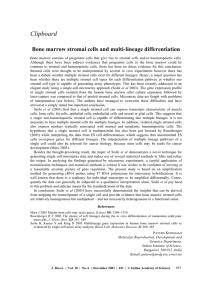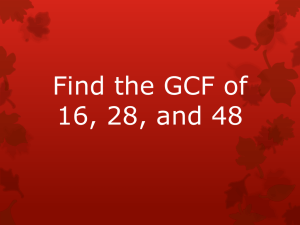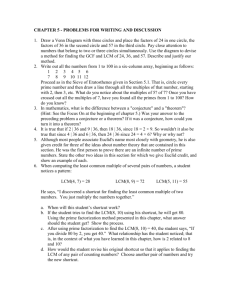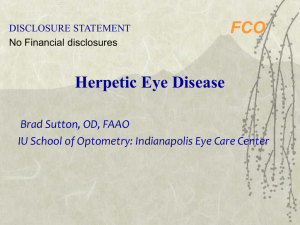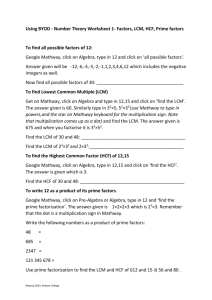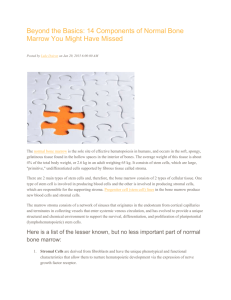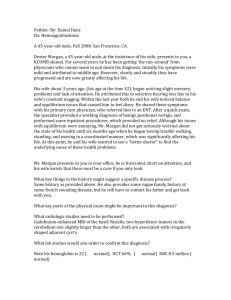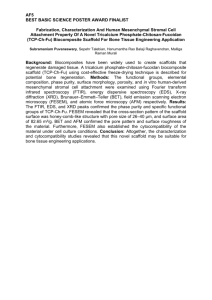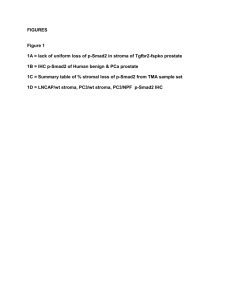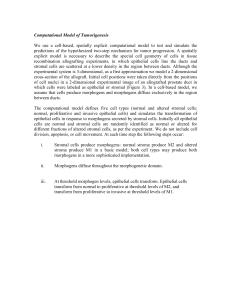Elucidating the complex relationship between stromal and epithelial
advertisement
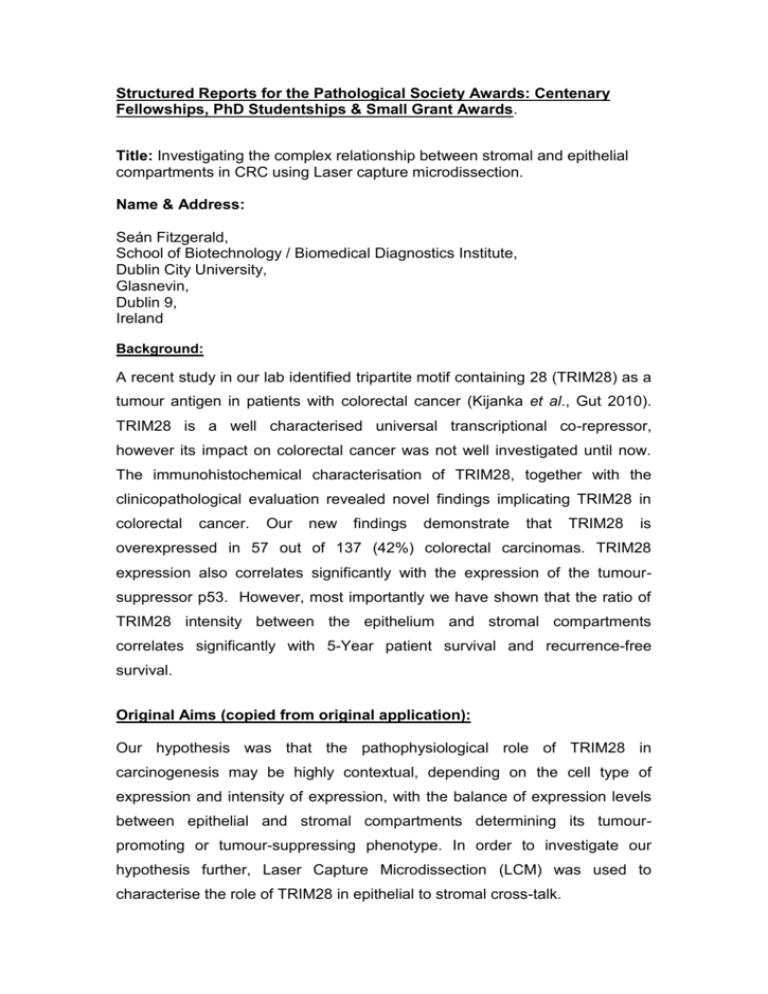
Structured Reports for the Pathological Society Awards: Centenary Fellowships, PhD Studentships & Small Grant Awards. Title: Investigating the complex relationship between stromal and epithelial compartments in CRC using Laser capture microdissection. Name & Address: Seán Fitzgerald, School of Biotechnology / Biomedical Diagnostics Institute, Dublin City University, Glasnevin, Dublin 9, Ireland Background: A recent study in our lab identified tripartite motif containing 28 (TRIM28) as a tumour antigen in patients with colorectal cancer (Kijanka et al., Gut 2010). TRIM28 is a well characterised universal transcriptional co-repressor, however its impact on colorectal cancer was not well investigated until now. The immunohistochemical characterisation of TRIM28, together with the clinicopathological evaluation revealed novel findings implicating TRIM28 in colorectal cancer. Our new findings demonstrate that TRIM28 is overexpressed in 57 out of 137 (42%) colorectal carcinomas. TRIM28 expression also correlates significantly with the expression of the tumoursuppressor p53. However, most importantly we have shown that the ratio of TRIM28 intensity between the epithelium and stromal compartments correlates significantly with 5-Year patient survival and recurrence-free survival. Original Aims (copied from original application): Our hypothesis was that the pathophysiological role of TRIM28 in carcinogenesis may be highly contextual, depending on the cell type of expression and intensity of expression, with the balance of expression levels between epithelial and stromal compartments determining its tumourpromoting or tumour-suppressing phenotype. In order to investigate our hypothesis further, Laser Capture Microdissection (LCM) was used to characterise the role of TRIM28 in epithelial to stromal cross-talk. Results: The visiting fellowship that I received, afforded me the opportunity to visit Dr. Lance Liotta’s Laboratory in Washington DC for a period of 2 months. Colorectal cancer cases with high and low TRIM28 ratio was initially identified in Beaumont Hospital in Ireland and frozen colorectal cancer tissue samples were transported for LCM experiments in Washington. Epithelial cells and stromal fibroblasts were isolited from tissue using LCM and Reverse-Phase Protein Microarrays were constructed from the resulting cell lysates. The Reverse-Phase Protein Microarrays (RPPM) was then stained with selected antibodies relevant to TRIM28 pathways. The intensity of each spot directly correlated with the concentration of the proteins in the cell lysates. In total the expression levels of 40 different proteins were investigated. These proteins included targets associated with apoptosis, autophagy, the cell cycle and other pathways. We are currently in the process of analysing the RPPM data in relation to stromal and epithelial TRIM28 expression ratios. Conclusions: Laser Capture Microdissection is an extremely efficient method for isolating specific cells of interest from microscopic regions of tissue. Reverse-Phase Protein Microarrays quantitatively measures proteins from a limited amount of sample, allowing the analysis of complex protein networks within in clinical tissue samples. How Closely Have the Original Aims been met: All of the original aims have been met, and the final stages of the data analysis are currently in progress. The findings generated with the support of the visiting fellowship award will further our understanding into the role of TRIM28 within the tumour microenvironment and will contribute to potential novel findings and publications in the near future. Figure 1. Pictures of the various stages of the LCM process. A = CRC tissue with the Stromal cells highlighted for LCM, (4x). B = The Stromal cells after the laser had fired, (10x). C = The CRC tissue after the stromal cells had been removed, (10x). D = The stromal cells on the LCM cap after it has been removed, (10x). E = The remaining epithelial cells on the tissue section, (10x). F = The stromal cells on the LCM cap after it has been removed, (4x). Figure 2. RPPA Construction Process. A = Staining of the RRPA slides with the antibodies of interest using the Dako Autostainer. B = An example of an RPPA slide that has been stained with the Sphingosine Kinase 1 antibody and is ready for analysis using the Image Quant software.
